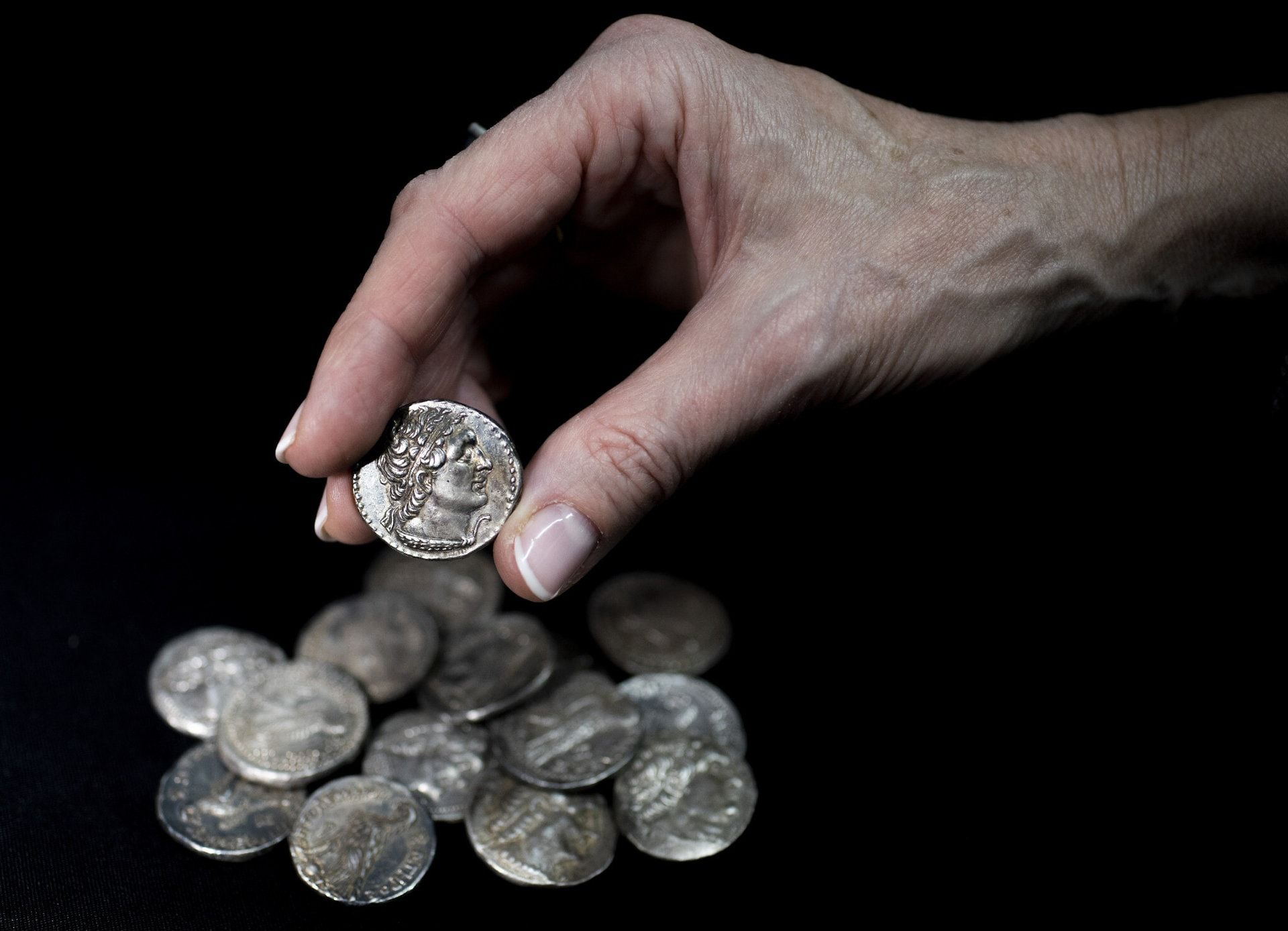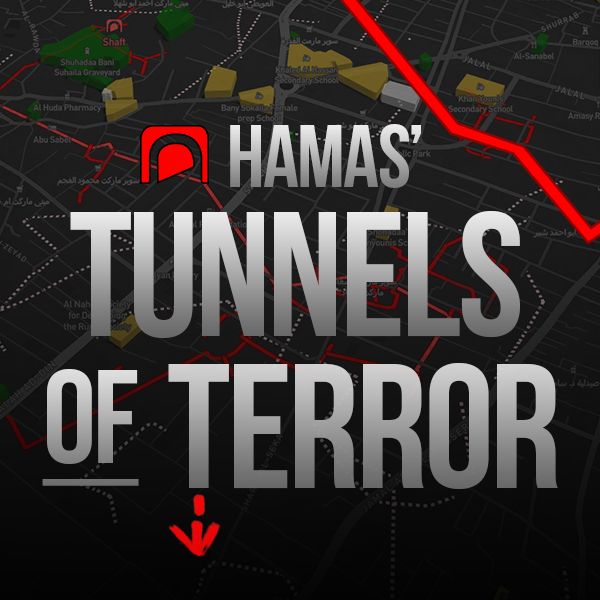The December holiday season is in full swing, as Jews around the world celebrate Hanukkah and Christians gear up for Christmas festivities.
Although these holidays are observed by two separate religions, are celebrated according to two different calendars (Hanukkah is celebrated according to the Jewish calendar while Christmas is celebrated according to the Gregorian / Julian calendars), and commemorate two different religious events, both Hanukkah and Christmas have one thing in common: They highlight the Jewish people’s ancient connection to the Land of Israel.
Hanukkah & the Land of Israel

In the week prior to the beginning of Hanukkah 2022, the Israeli Antiquities Authority announced that a recent dig in the Judean Desert had unearthed a trove of ancient coins dating back to the tumultuous period just prior to the Maccabean Revolt in 167 BCE.
According to archaeology experts, this discovery is concrete evidence for the story told in the Book of Maccabees, of pious Jews fleeing to the desert to escape the persecution of the Seleucid Empire under Antiochus IV.
However, this cache of silver coins not only corroborates the Hanukkah story but, like the Hanukkah story itself, is further proof of the ancient ties of the Jewish people to the Land of Israel.
The Hanukkah story is essentially a traveling map of the Land of Israel. The story opens as Mattathias and his sons begin their revolt against the Seleucids and their Hellenist allies in the town of Modi’in (located near the central Israeli city that bears the same name).
After the revolt was declared, the band of Jewish rebels (known as the Maccabees) fled to the Gofna hills (near the modern-day Jewish community of Beit El) in order to set up a paramilitary camp to be used as a base for their fight against the Seleucids.
From this camp, the Maccabees engaged in a number of battles from which they emerged victorious. These battles took place at Maaleh Levona (near the modern-day Israeli city of Ariel), Bet Horon (located between Modi’in and Jerusalem), and Beit Tzur (located in the hills surrounding Hebron).
Related Reading: New Israeli Archaeological Discoveries Confirm Ancient Connection of the Land to the Jewish People
Following these victories, the Maccabees successfully liberated the city of Jerusalem and re-sanctified the Holy Temple. This liberation and re-sanctification are the key events of the Hanukkah story.
Thus, when Jews celebrate Hanukkah by lighting candles, playing dreidel and eating our favorite oily foods, they are not only commemorating the miracle of the jug of oil or a remarkable military victory. They are also affirming the ancient ties that bind the Jewish people to the Land of Israel, a connection that continues all the way through Jewish history to the modern day.
Christmas & the Land of Israel
Just like the story of Hanukkah, the Christmas story also highlights the Jewish connection to the Land of Israel for thousands of years.
The story of the birth of Jesus, which Christmas celebrates, is based upon the words of the Gospels of Luke and Matthew and details the lives of a Jewish family in the Land of Israel at the turn of the first century CE.
The narratives in both Luke and Matthew describe the birth of Jesus to Mary and Joseph, a Jewish couple, in the Judean city of Bethlehem. At the time, Bethlehem was thought to be a major source of agriculture for the nearby metropolis of Jerusalem, especially for produce and livestock that were brought as offerings to the Holy Temple.
Following the birth of Jesus, the narratives of Luke and Matthew diverge, with the Gospel of Matthew having Jesus’s family escape to Egypt before returning to the Land of Israel and migrating to the Galilean city of Nazareth, while the Gospel of Luke has Jesus’s family ascend to the Holy Temple in Jerusalem before venturing on to Nazareth.
Related Reading: Jesus Was a Jew, Not a Palestinian
In any event, as can be seen from the above, the story of Jesus’s birth and the early years of his life appears within the context of a vibrant and semi-independent Jewish community existing within the Land of Israel over two thousand years ago.
Thus, Christmas does not only commemorate the birth of a Jewish child in Bethlehem but also positively affirms the Jewish people’s connection to the Land of Israel for thousands of years.
Liked this article? Follow HonestReporting on Twitter, Facebook, Instagram and TikTok to see even more posts and videos debunking news bias and smears, as well as other content explaining what’s really going on in Israel and the region. Get updates direct to your phone. Join our WhatsApp and Telegram channels!


